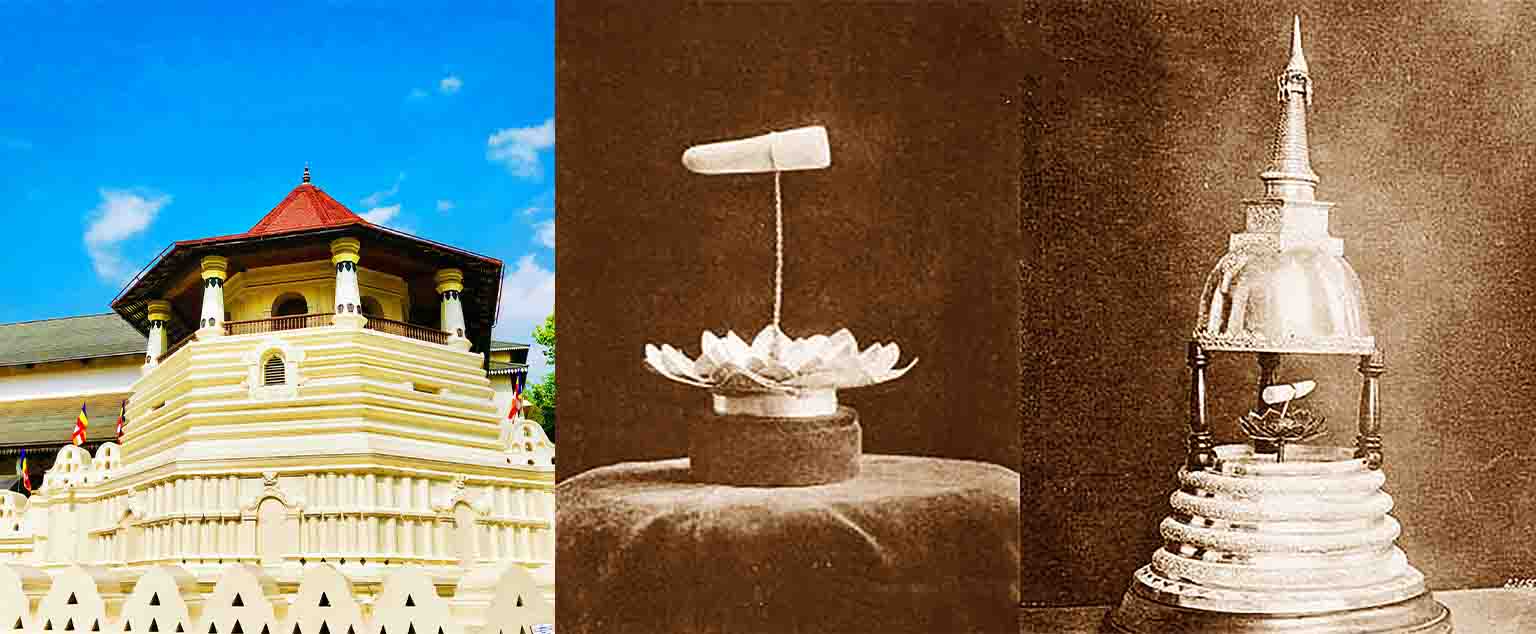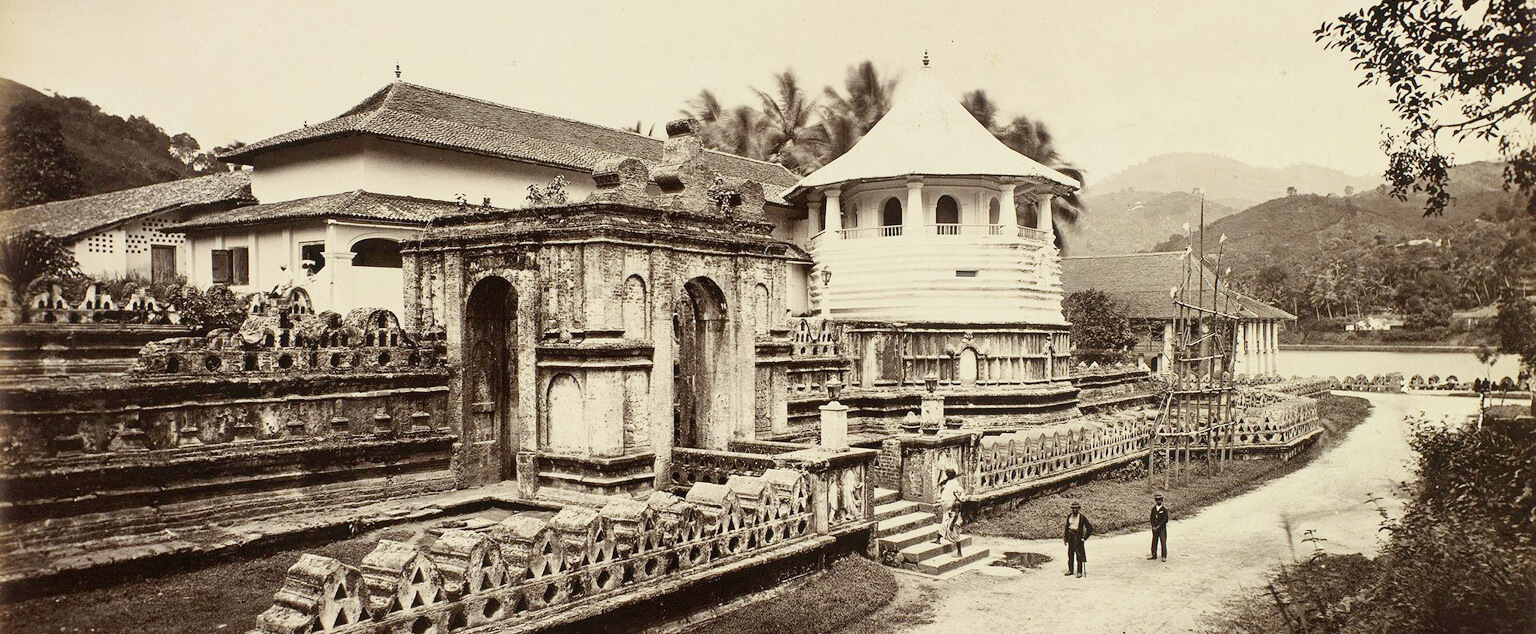History
The first inhabitants of the island were likely the ancestors of the modern Vedda hunter-gatherers. According to their scriptures, the Sinhalese arrived from northern India in the 7th century BC. By around 300 BC, Buddhism was established, reflecting a strong Indian influence, and a ‘hydraulic civilization’ emerged, combining religious literature (sutra) and irrigation. The island was divided into several kingdoms: the Anuradhapura (from 200 BC to 1070 AD) and the Polonnaruwa kingdom (1070-1200 AD). Tamil invasions from southern India gradually pushed the Sinhalese further south. During this period, Sri Lanka became a significant hub along the east-west trade route, eclipsing Indian dynasties such as the Chola, Pandya, Chera, Pallava, and Taprobane. Arab merchant ships, along with Persian, Burmese, Thai, Malay, and Indonesian traders, frequented the island.
In 1505, the Portuguese arrived to find Sri Lanka divided into three kingdoms: Kandy in the center, Kotte on the west coast, and Jaffna in the north. They seized the coastal areas and introduced Catholicism. In 1658, the Portuguese were replaced by the Dutch. The British began to assert control in 1796, overtaking the Dutch and eventually making Sri Lanka a permanent British hold. In 1815, it became the Royal Colony of Ceylon, with British colonial infrastructure including schools, cricket pitches, and railways being established. Tea became the cornerstone of the economy, along with rubber, coconut, and cane sugar. To support these industries, the British encouraged the immigration of Tamil-speaking workers.
The national movement began to take shape in the 1930s, driven by the social demands of the Sinhalese and Tamils. During World War II, Ceylon served as a military base for the Allies. In 1948, Sri Lanka gained independence, and in 1959, Sinhala was declared the sole official language, reflecting the Sinhalese majority. This led to the implementation of ‘positive discrimination’ policies favoring the Sinhalese, purportedly to counter British favoritism towards the Tamils. In response, resistance groups emerged, including the LTTE (Liberation Tigers of Tamil Eelam) in 1976, advocating for an independent Tamil state.
In 1972, Ceylon was renamed Sri Lanka. Around this time, sporadic clashes began, and Buddhism was established as the leading religion, exacerbating tensions. The civil war escalated in 1983 and continued until May 2009, ending with the surrender of the Tamil Tigers following the death of their leader, Velupillai Prabhakaran. Up to 70,000 had been killed by 2007. Immediately following the end of war, on 20 May 2009, the UN estimated a total of 80,000–100,000 deaths.
Culture
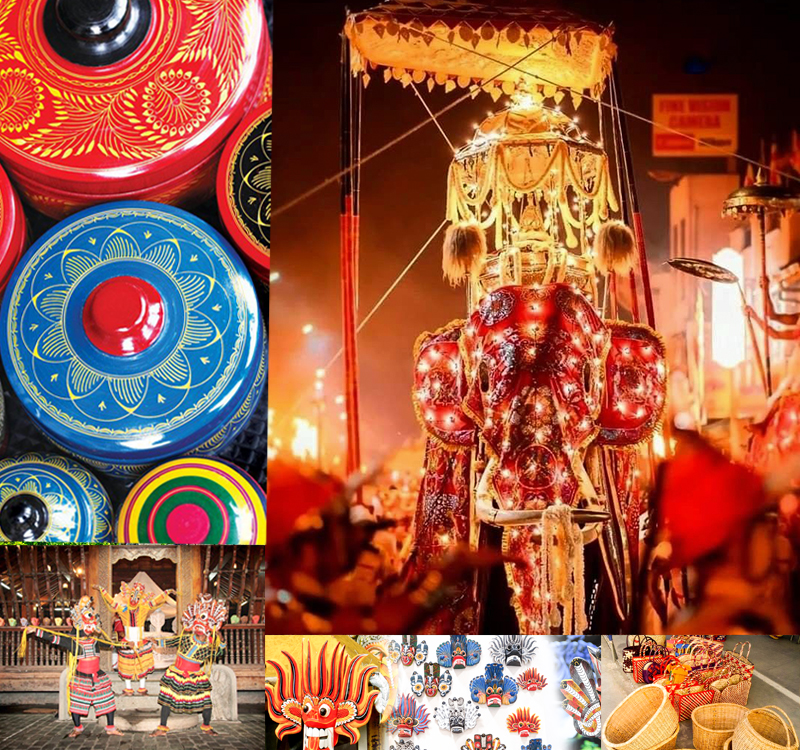
Sri Lanka’s culture blends modern and traditional elements, renowned for its regional diversity. Deeply influenced by the heritage of Theravada Buddhism, passed down from India, this legacy is particularly strong in Sri Lanka’s southern and central regions. The northernmost parts of the country exhibit significant South Indian cultural influences. The history of colonial occupation by the Portuguese, Dutch, and British has also left a lasting impact on Sri Lanka’s identity, interweaving with its traditional facets. Additionally, Indonesian culture has influenced certain aspects of Sri Lankan culture. The country maintains strong cultural connections with both India and Southeast Asia, fostering a legacy of historical, cultural, religious, spiritual, and linguistic ties with India for over 2,500 years.
Sri Lanka boasts a rich artistic tradition, with unique expressions in music, dance, and visual arts. Internationally, Sri Lankan culture is often associated with cricket, a distinctive cuisine, indigenous holistic medicine practices, religious symbols such as the Buddhist flag, and exports like tea, cinnamon, and gemstones. The country also has a thriving tourism industry. Historically, Sri Lanka’s ties with the Indian subcontinent date back to prehistory. The population is predominantly Sinhalese, with significant minorities including Sri Lankan Tamils, Sri Lankan Muslims, Indian Tamils, Sri Lankan Malays, and Burghers.
Sri Lankan culture is vividly expressed through its art, architecture, sculptures, and cuisine. It is often regarded as conventional, deeply influenced by the country’s major religions, including Buddhism, Hinduism, and Islam. The Sri Lankan way of life is characterized by simplicity, humility, and happiness, fostering a profound appreciation for nature and the simple pleasures of life.
A distinctive feature of Sri Lankan culture is its blend of Indian and European influences. Historically, Sri Lankan kings often married Indian princesses, integrating Indian cultural elements while preserving a unique Sri Lankan identity. European influence emerged from periods of Dutch, Portuguese, and British colonial rule.
Hospitality is a hallmark of Sri Lankan culture, contributing to the nation’s reputation for friendliness and warmth. This cultural trait is one of the reasons Sri Lankans are considered among the friendliest people in the world.
Visual Arts
Arts and crafts
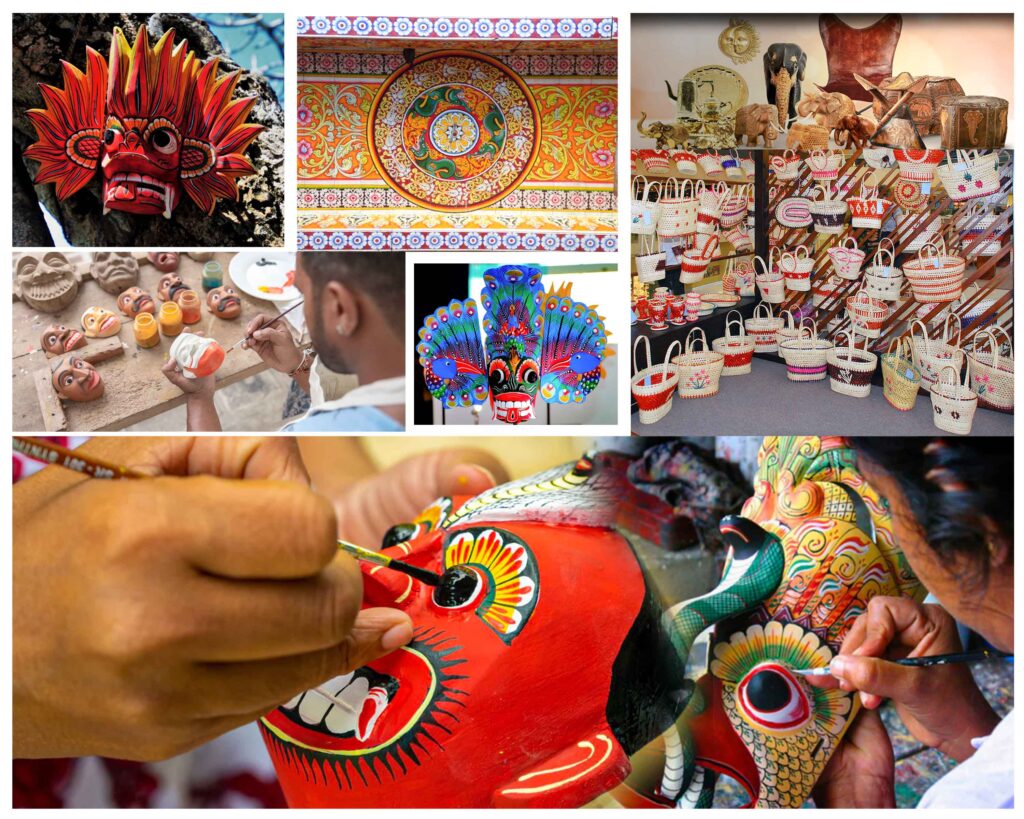
Many forms of Sri Lankan arts and crafts draw inspiration from the island’s enduring Buddhist culture, which has absorbed and adopted numerous regional and local traditions. Sri Lankan art often originates from religious beliefs and is expressed in various forms such as painting, sculpture, and architecture. Notable examples include the cave and temple paintings, such as the frescoes at Sigiriya the religious paintings in the Dambulla temples, and the Temple of the Tooth Relic in Kandy. Additionally, other art forms have been influenced by both native traditions and foreign settlers. Traditional wooden handicrafts and clay pottery are common in the hilly regions, while Portuguese-inspired lacework and Indonesian-inspired Batik are also significant.
Architecture
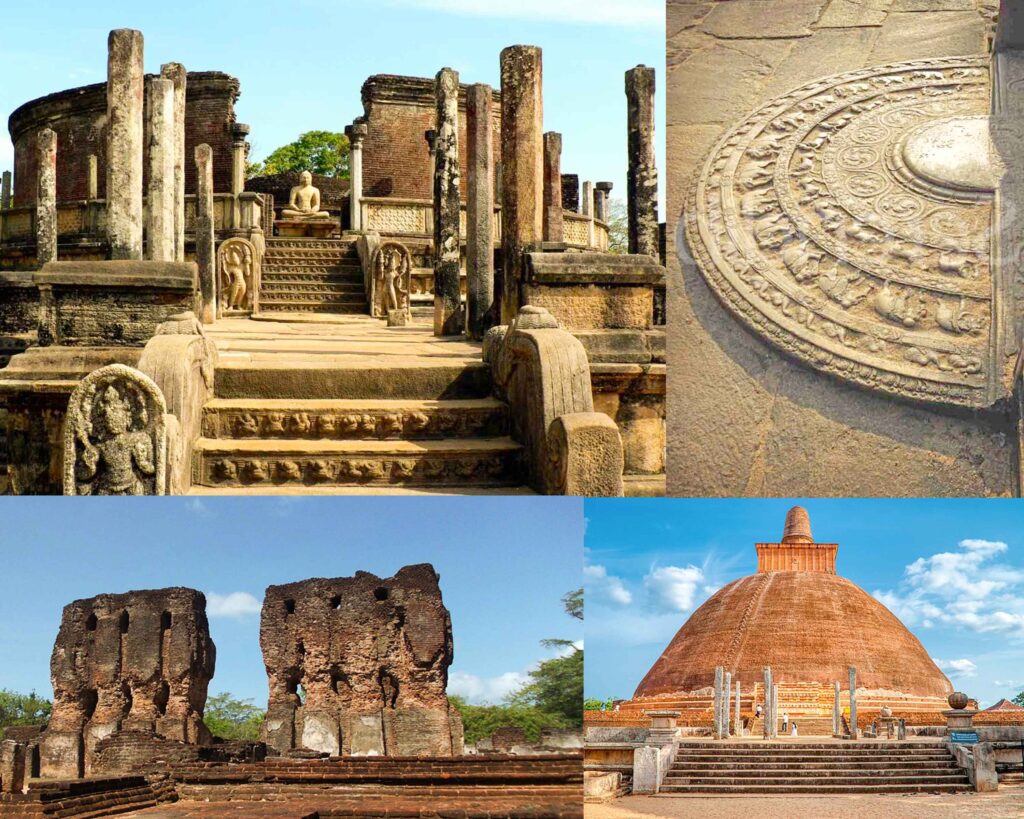
Sri Lankan architecture showcases a diverse array of forms and styles. Since the introduction of Buddhism to the island in the 3rd century BCE, it has significantly influenced local architecture. Additionally, techniques and styles from India, China, and later Europe brought through colonialism have also played a major role in shaping the architectural landscape of Sri Lanka.


